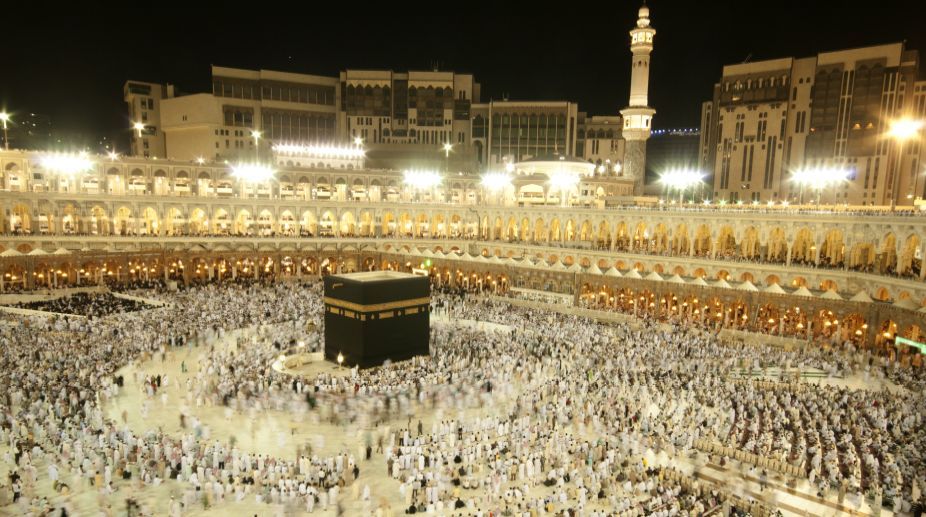More than two million Muslims from around the world began the Haj pilgrimage at Islam’s holiest sites on Wednesday, a religious duty and an epic multi-stage journey.
This year sees pilgrims from Shiite Iran return to Mecca in Saudi Arabia after a hiatus following a diplomatic spat between the regional rivals and a deadly stampede in 2015.
Advertisement
It also comes with the Gulf mired in a major political crisis that has seen thousands of faithful who would usually make the journey from neighbouring Qatar stay away.
On the esplanade of Mecca’s Grand Mosque, the excitement was palpable as crowds from all four corners of the world gathered for a pilgrimage that all able Muslims are required to perform at least once in their lives.
Tidjani Traore, a public service consultant from Benin, said he was on his 22nd pilgrimage at the age of 53.
“Every time, there are new emotions,” he said. “There are new innovations for organising and hosting the pilgrims. Now, for example, the tents are air-conditioned.”
Wearing the simple garb of the pilgrim, the faithful waited at dawn with their suitcases for buses to take them to Mina five kilometres (three miles) to the east.
There, hundreds of thousands will gather before setting off tomorrow at dawn to climb Mount Arafat, the pinnacle of the Haj.
First, however, they must perform a ritual walk known as the tawaf seven times around the Kaaba, a black masonry cube wrapped in a heavy silk cloth embroidered in gold with Koranic verses at the centre of Mecca’s Grand Mosque.
The shrine is the point towards which Muslims around the world pray.
“I still have to finish the tawaf!” said a breathless Nour, 30, from Saudi Arabia as she rushed past without stopping.
Sitting on a folding chair in the middle of the esplanade, Risvana cradled her six-month-old baby who is accompanying her on the pilgrimage.
“I’ve planned everything for him,” said the young mother, pointing to a bottle of water in her bag.
Saudi authorities have mobilised vast resources including more than 100,000 security personnel to avoid a repeat of the stampede in 2015 in which nearly 2,300 people were killed.
Iran alone reported 464 deaths — the highest toll among foreigners.
Riyadh and Tehran cut ties months later, after the execution of a Shiite cleric in Saudi Arabia sparked attacks on Saudi diplomatic missions in Iran.
Iranian pilgrims were absent from last year’s Haj for the first time in decades after the regional rivals failed to agree on security and logistics.
This year’s pilgrimage comes amid a diplomatic crisis between a Saudi-led bloc of Arab countries and Qatar, accused of supporting extremist groups and being too close to Riyadh’s arch-rival Tehran.
A blockade imposed on Qatar since June 5 has seen sea and air links shut down, preventing many Qataris from making the Haj.
Although Saudi Arabia relaxed entry restrictions across its land border with the emirate two weeks before the Haj, Qatar said only a few dozen of its nationals were able to join the pilgrimage.
This year the colossal religious gathering comes with the Islamic State group under growing pressure having lost swathes of territory it controlled in Iraq and Syria
But the jihadist group continues to claim attacks in the Middle East and Europe.
On the esplanade of the Grand Mosque, Saudi authorities had placed misting fans to take the edge off the intense heat.
On the eve of the first rites of the pilgrimage, the walkways thronged with people and the smell of musk wafted through the air.











